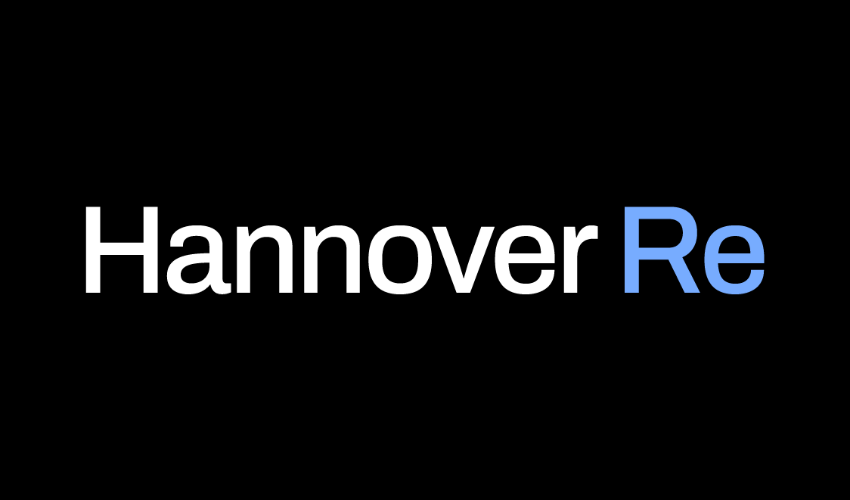Bringing together two financial organisations to offer better value to customers, greater organisational efficiencies and to be a platform for ongoing innovation is quite simply the toughest challenge any financial institution has to face.
Notwithstanding the regulatory scrutiny, there are so many moving pieces to work with and you need to minimise any disruption to the everyday business of being a bank serving customers as excellently as possible.
All the elements like people and processes are equally difficult to integrate but technology migration and integration are significant challenges to resolve. Indeed, as most banks have doubled down on digital transformation programmes, the prime M&A task
is about merging two digital first businesses that may be moving at speed to transform their IT as well as possessing a load of legacy systems and processes.
So, it is no surprise that the migration and merging of different bank systems is complex and a multi-year programme given the data and process challenges. Some recent examples of what can go wrong with bank system integration do focus the mind and make
bank leadership and technology teams cautious. The calamitous system failures when Spanish bank Sabadell tried to migrate the data of its new acquisition TSB onto its systems illustrates the importance of a controlled and fully tested approach.
There is some consensus on what merging banks need to do when it comes to technology.
Firstly, work hard at having the clearest vision of what they must achieve and understand what the technology assets are, where those digital transformation programmes have reached and what’s the legacy software and hardware stack to contend with. The vision
and goals become the crux upon which the merger agenda is judged, as well as guidance towards critical prioritisation of activities.
Secondly, there will be a need for a huge amount of technology skill and know-how to make the technology integration programme successful. This means retaining as much of the technology talent in the acquired bank to give the new merged bank all of the resources
and greatest likelihood for success.
And finally, think agile and be customer centric. As IT teams are plunging into how to integrate, merge and retire combined data, hardware and software stacks, the business teams and their needs can get left behind. Everything is perceived as a technology
issue when what also should not be missed out for the bank is how customer journeys map across a newly merged business, where are the process gaps and opportunities to deliver value.
But what about bringing forward all important benefits and what about the people?
Well, a focus on people is critical to the success of any merger or bringing of teams together. And a merger can and arguably should be led by the merger of sales and service operations which are all important to the cost and revenue lines for a bank.
One way to effectively merge through sales and service operations is by implementing an adaptable low code workflow automation platform across multiple systems of record. By using a common low code platform, the separate teams can be brought together much
more easily and quickly. There are lower barriers for different technology teams and even front line or operations staff to use the technology to improve and streamline their own processes. Some new generations of low code platforms incorporate generative
AI to enable rapid prototyping of new processes and applications. Having a common platform to work with customers and their needs increases cross-skilling and means customers of a newly merged bank or merged teams experience better service from unified teams
and organisation structures.
Merging banks and their technology is daunting and cannot be achieved overnight. However, taking a low code workflow automation route effectively brings forward the integration benefits of cost, efficiency and even revenue goals. At the same time, it relieves
the pressures and creates the space for those major systems and data migrations to be worked on in parallel. It can enable a more considered path towards the eventual switch off some systems and enable the earlier introduction of sales or service innovations
for the newly formed teams.







































